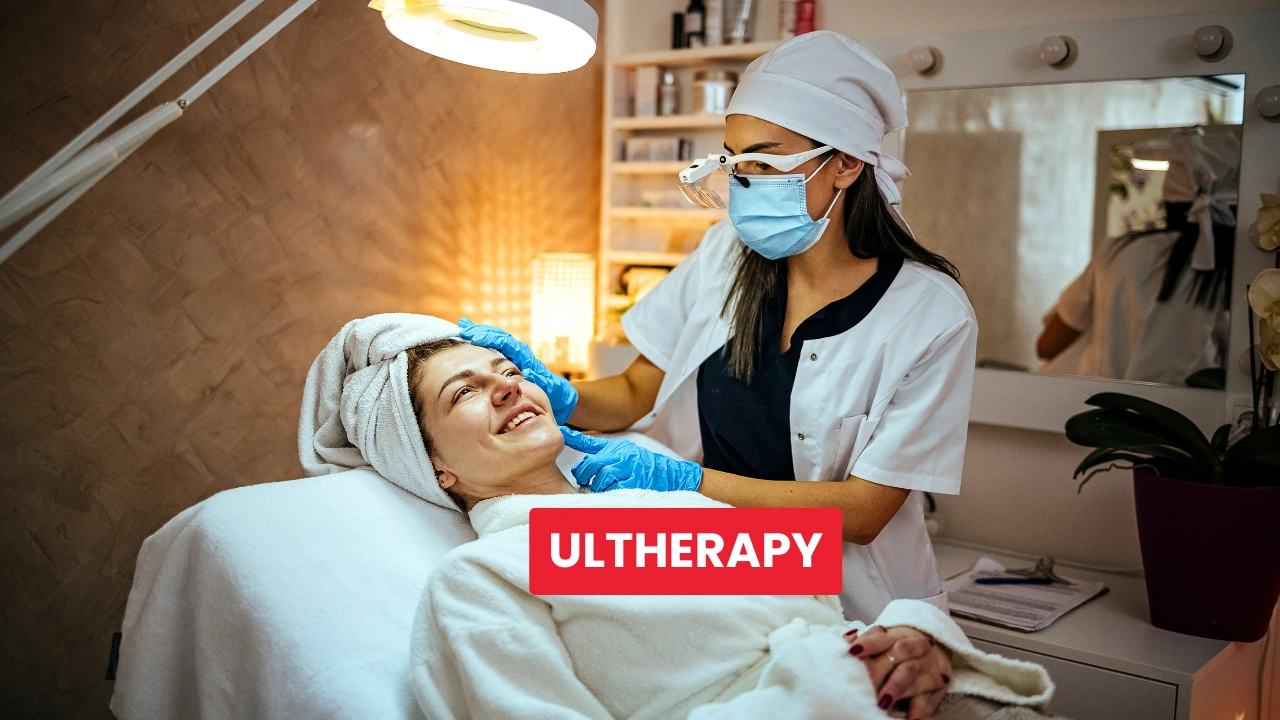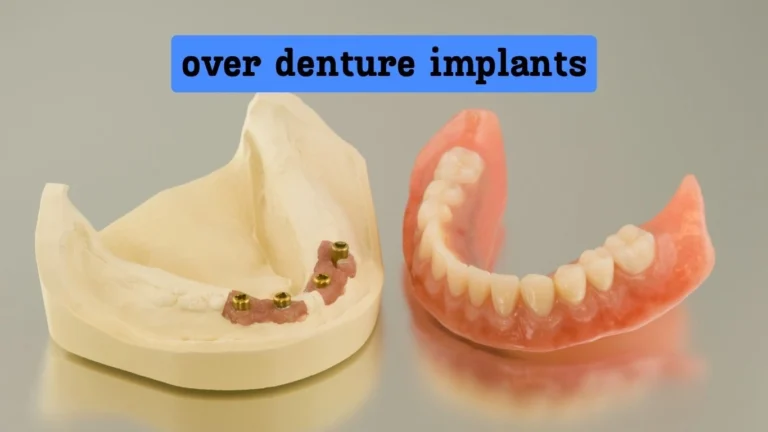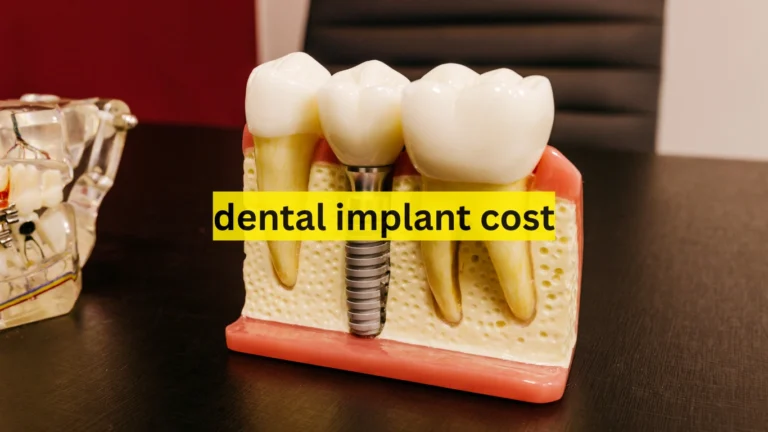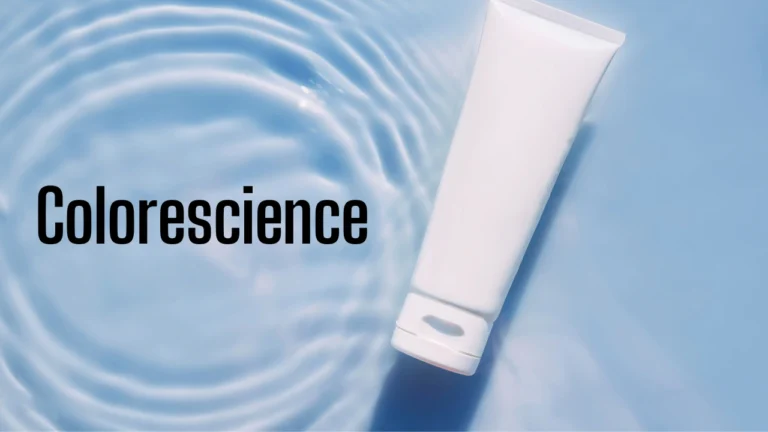Ultherapy: The Non-Surgical Skin Tightening Treatment That Works
Aging affects everyone, but not everyone wants to go under the knife to reverse its effects. Ultherapy is changing the game for those seeking a non-invasive facelift that delivers real results. This FDA-approved treatment tightens skin, reduces wrinkles, and stimulates collagen production without surgery or downtime. If you’re considering skin rejuvenation, here’s everything you need to know about Ultherapy.
What is Ultherapy?
Ultherapy is an advanced ultrasound-based treatment designed to lift and firm sagging skin. Unlike traditional facelifts, this treatment works by targeting deeper layers of the skin with focused ultrasound energy. The heat stimulates collagen production, leading to tighter, firmer skin over time.
Unlike laser treatments that target surface skin, it penetrates deeper layers where collagen formation happens. This makes it an effective solution for treating loose skin on the face, neck, and décolletage.
How Does Ultherapy Work?
It uses micro-focused ultrasound energy (MFU-V) to stimulate the skin’s natural regenerative process. Here’s how it works:
- A trained specialist applies ultrasound gel to the treatment area.
- The Ultherapy device delivers focused ultrasound energy to deep layers of the skin.
- This energy heats tissues at precise depths (1.5mm, 3mm, and 4.5mm), triggering collagen and elastin production.
- Over the next 2-6 months, the skin gradually lifts and tightens.
Since Ultherapy bypasses the skin’s surface, there’s no damage, no scarring, and minimal discomfort. It’s a safe alternative to facelift surgery.
Who is a Good Candidate for Ultherapy?
It is ideal for individuals who want skin tightening without surgery. The best candidates are:
- People in their 30s to 60s experiencing mild to moderate skin laxity.
- Those noticing sagging around the jawline, neck, and brows.
- Individuals who want natural-looking results without downtime.
- Anyone seeking preventative anti-aging treatments.
If your skin has severe laxity, a surgical facelift may be a better option. A consultation with a board-certified dermatologist or aesthetic professional can help determine if it is right for you.
Ultherapy Treatment Areas
Ultherapy is FDA-cleared for lifting and tightening in the following areas:
- Face: Reduces sagging cheeks and jowls.
- Neck: Tightens loose skin and minimizes the appearance of “turkey neck.”
- Brow Area: Lifts droopy eyebrows and refreshes tired eyes.
- Décolletage (Chest): Smooths fine lines and wrinkles.
Some providers also offer off-label treatments for arms, knees, and abdomen.
Does Ultherapy Hurt?
Discomfort levels vary, but most patients describe the sensation as mild heat and tingling. Some experience short bursts of prickling or stinging as the ultrasound energy penetrates deeper layers.
To minimize discomfort, providers may use numbing cream or pain relievers before the session. The treatment is tolerable, and any discomfort fades quickly after the procedure.
Ultherapy vs. Other Skin Tightening Treatments
How does it compare to other popular non-surgical skin tightening treatments? Here’s a breakdown:
| Feature | Ultherapy | Thermage | Radiofrequency Microneedling |
|---|---|---|---|
| Technology | Ultrasound | Radiofrequency | RF + Microneedles |
| Target Depth | Up to 4.5mm | Up to 3mm | 1.5-3mm |
| Best for | Lifting & collagen boost | Skin tightening | Texture & scars |
| Downtime | None | None | 1-3 days |
| Pain Level | Mild-Moderate | Mild | Mild-Moderate |
| Results Time | 2-6 months | 3-6 months | 1-3 months |
It penetrates deeper than Thermage or radiofrequency microneedling, making it more effective for lifting rather than surface tightening.
How Long Do Ultherapy Results Last?
Results vary, but most patients see noticeable skin tightening within 2-3 months. The full effect appears around six months as collagen continues to rebuild.
The therapy results can last 12-18 months, depending on factors like age, skin type, and lifestyle. Regular maintenance sessions every 1-2 years can extend results.
How Many Sessions Are Needed for Optimal Results?
Most patients achieve noticeable skin tightening and lifting with just one Ultherapy session. The treatment stimulates collagen production, which continues improving the skin’s firmness for up to six months. However, individuals with severe skin laxity or those wanting enhanced results may require a second session within a year.
Maintenance sessions are recommended every 12 to 18 months to sustain the effects as natural aging continues. Factors like age, skin quality, and lifestyle influence how long results last. Consulting a certified Ultherapy provider ensures a personalized treatment plan that delivers optimal and long-lasting skin-tightening benefits.
Potential Side Effects of Ultherapy
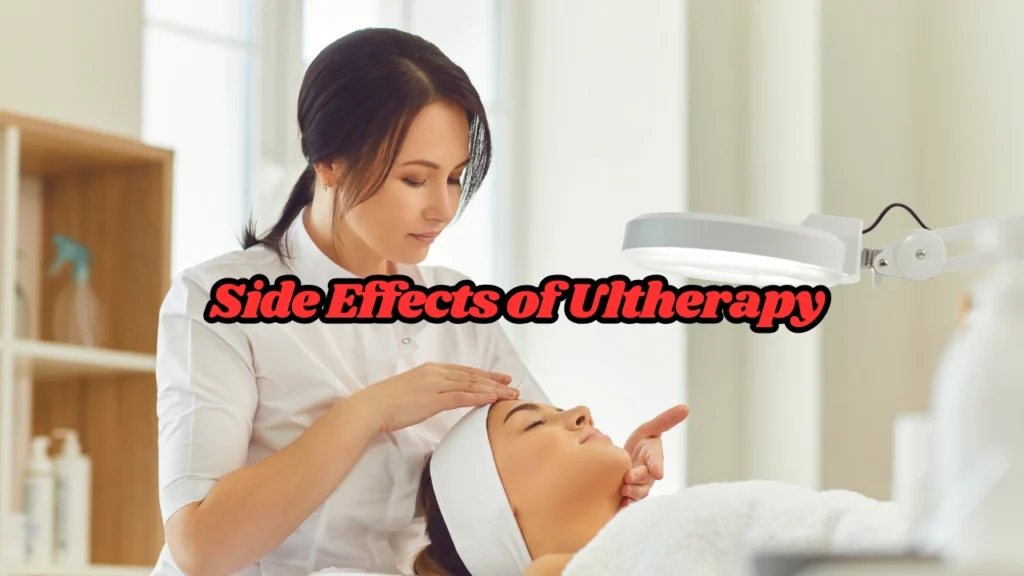
Ultherapy is a safe and FDA-approved treatment, but some patients may experience mild side effects, including:
- Temporary redness or swelling (fades in hours)
- Mild bruising or tenderness (resolves in days)
- Numbness or tingling (subsides within weeks)
Severe side effects are rare when performed by a licensed professional.
How Much Does it Cost?
The cost of the treatment varies based on the treatment area and location. Here’s a general pricing estimate:
| Treatment Area | Average Cost (USD) |
|---|---|
| Full Face & Neck | $3,000 – $5,000 |
| Lower Face & Jawline | $2,000 – $3,500 |
| Neck Only | $1,500 – $2,500 |
| Décolletage | $1,000 – $2,000 |
Most clinics offer payment plans to make the treatment more accessible.
Ultherapy for Younger People: Is It Worth It in Your 20s?
The therapy is not just for mature skin; it can be a preventative anti-aging treatment for people in their 20s. Since collagen production starts declining in the mid-20s, early treatments can help delay sagging and fine lines. Many younger individuals use this treatment to maintain skin firmness and enhance their natural contours.
While most 20-somethings don’t need aggressive skin tightening, mild skin laxity or genetic factors may justify treatment. Preventative Ultherapy can boost collagen levels, keeping skin youthful longer. Consulting a qualified provider ensures you get personalized recommendations based on your skin’s needs.
Does Insurance Cover Ultherapy? Understanding the Costs and Financing Options
This is considered a cosmetic procedure, meaning it is not covered by insurance. Since it is elective and non-medical, most health plans do not provide financial assistance. However, some clinics offer payment plans or financing options to make the treatment more accessible.
The cost of Ultherapy varies based on the treatment area and provider expertise, ranging from $1,500 to $5,000. Many aesthetic clinics partner with medical financing companies like CareCredit to allow monthly payments. Consulting with your provider can help explore affordable financing solutions for your budget.
Pros:
- Non-invasive with no recovery time.
- Long-lasting collagen-boosting effects.
- FDA-cleared and clinically proven.
- Works for various skin types and tones.
Cons:
- Results take time to appear.
- Temporary discomfort during the procedure.
- Not as dramatic as a facelift.
Conclusion
Ultherapy is a game-changing anti-aging treatment that delivers noticeable lifting and firming without surgery. If you’re looking for natural skin tightening, this ultrasound facelift could be the perfect solution.
Consult a certified provider to see if Ultherapy is right for you. Investing in your skin today means looking younger and more refreshed for years to come.

